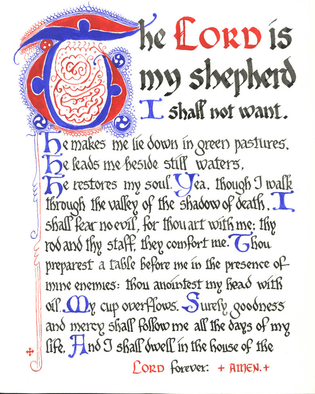
James 1
1 James, a bond-servant of God and of the Lord Jesus Christ, To the twelve tribes who are dispersed abroad: Greetings.
2 Consider it all joy, my brethren, when you encounter various trials,
3 knowing that the testing of your faith produces endurance.
4 And let endurance have its perfect result, so that you may be perfect and complete, lacking in nothing.
5 But if any of you lacks wisdom, let him ask of God, who gives to all generously and without reproach, and it will be given to him.
6 But he must ask in faith without any doubting, for the one who doubts is like the surf of the sea, driven and tossed by the wind.
7 For that man ought not to expect that he will receive anything from the Lord,
8 being a double-minded man, unstable in all his ways.
9 But the brother of humble circumstances is to glory in his high position;
10 and the rich man is to glory in his humiliation, because like flowering grass he will pass away.
11 For the sun rises with a scorching wind and withers the grass; and its flower falls off and the beauty of its appearance is destroyed; so too the rich man in the midst of his pursuits will fade away.
12 Blessed is a man who perseveres under trial; for once he has been approved, he will receive the crown of life which the Lord has promised to those who love Him.
13 Let no one say when he is tempted, "I am being tempted by God "; for God cannot be tempted by evil, and He Himself does not tempt anyone.
14 But each one is tempted when he is carried away and enticed by his own lust.
15 Then when lust has conceived, it gives birth to sin; and when sin is accomplished, it brings forth death.
16 Do not be deceived, my beloved brethren.
17 Every good thing given and every perfect gift is from above, coming down from the Father of lights, with whom there is no variation or shifting shadow.
18 In the exercise of His will He brought us forth by the word of truth, so that we would be a kind of first fruits among His creatures. 19 This you know, my beloved brethren. But everyone must be quick to hear, slow to speak and slow to anger;
20 for the anger of man does not achieve the righteousness of God.
21 Therefore, putting aside all filthiness and all that remains of wickedness, in humility receive the word implanted, which is able to save your souls.
22 But prove yourselves doers of the word, and not merely hearers who delude themselves.
23 For if anyone is a hearer of the word and not a doer, he is like a man who looks at his natural face in a mirror;
24 for once he has looked at himself and gone away, he has immediately forgotten what kind of person he was.
25 But one who looks intently at the perfect law, the law of liberty, and abides by it, not having become a forgetful hearer but an effectual doer, this man will be blessed in what he does.
26 If anyone thinks himself to be religious, and yet does not bridle his tongue but deceives his own heart, this man's religion is worthless.
27 Pure and undefiled religion in the sight of our God and Father is this: to visit orphans and widows in their distress, and to keep oneself unstained by the world.
Philipians 4:6
6 Be anxious for nothing, but in everything by prayer and supplication with thanksgiving let your requests be made known to God.
1 Corinthians 13
1 If I speak with the tongues of men and of angels, but do not have love, I have become a noisy gong or a clanging cymbal.
2 If I have the gift of prophecy, and know all mysteries and all knowledge; and if I have all faith, so as to remove mountains, but do not have love, I am nothing.
3 And if I give all my possessions to feed the poor, and if I surrender my body to be burned, but do not have love, it profits me nothing.
4 Love is patient, love is kind and is not jealous; love does not brag and is not arrogant,
5 does not act unbecomingly; it does not seek its own, is not provoked, does not take into account a wrong suffered,
6 does not rejoice in unrighteousness, but rejoices with the truth;
7 bears all things, believes all things, hopes all things, endures all things.
8 Love never fails; but if there are gifts of prophecy, they will be done away; if there are tongues, they will cease; if there is knowledge, it will be done away.
9 For we know in part and we prophesy in part;
10 but when the perfect comes, the partial will be done away.
11 When I was a child, I used to speak like a child, think like a child, reason like a child; when I became a man, I did away with childish things.
12 For now we see in a mirror dimly, but then face to face; now I know in part, but then I will know fully just as I also have been fully known.
13 But now faith, hope, love, abide these three; but the greatest of these is love.
Philippians 4:13
13 I can do all things through Him who strengthens me.
Psalm 139
1 O LORD, You have searched me and known me.
2 You know when I sit down and when I rise up; You understand my thought from afar.
3 You scrutinize my path and my lying down, And are intimately acquainted with all my ways.
4 Even before there is a word on my tongue, Behold, O LORD, You know it all.
5 You have enclosed me behind and before, And laid Your hand upon me.
6 Such knowledge is too wonderful for me; It is too high, I cannot attain to it.
7 Where can I go from Your Spirit? Or where can I flee from Your presence?
8 If I ascend to heaven, You are there; If I make my bed in Sheol, behold, You are there.
9 If I take the wings of the dawn, If I dwell in the remotest part of the sea,
10 Even there Your hand will lead me, And Your right hand will lay hold of me.
11 If I say, "Surely the darkness will overwhelm me, And the light around me will be night,"
12 Even the darkness is not dark to You, And the night is as bright as the day. Darkness and light are alike to You.
13 For You formed my inward parts; You wove me in my mother's womb.
14 I will give thanks to You, for I am fearfully and wonderfully made; Wonderful are Your works, And my soul knows it very well.
15 My frame was not hidden from You, When I was made in secret, And skillfully wrought in the depths of the earth;
16 Your eyes have seen my unformed substance; And in Your book were all written The days that were ordained for me, When as yet there was not one of them.
17 How precious also are Your thoughts to me, O God! How vast is the sum of them!
18 If I should count them, they would outnumber the sand. When I awake, I am still with You.
19 O that You would slay the wicked, O God; Depart from me, therefore, men of bloodshed.
20 For they speak against You wickedly, And Your enemies take Your name in vain.
21 Do I not hate those who hate You, O LORD? And do I not loathe those who rise up against You?
22 I hate them with the utmost hatred; They have become my enemies.
23 Search me, O God, and know my heart; Try me and know my anxious thoughts;
24 And see if there be any hurtful way in me, And lead me in the everlasting way.
Romans 8:28
28 And we know that God causes all things to work together for good to those who love God, to those who are called according to His purpose.
Genesis 1
1 In the beginning God created the heavens and the earth.
2 The earth was formless and void, and darkness was over the surface of the deep, and the Spirit of God was moving over the surface of the waters.
3 Then God said, "Let there be light ;" and there was light.
4 God saw that the light was good; and God separated the light from the darkness.
5 God called the light day, and the darkness He called night. And there was evening and there was morning, one day.
6 Then God said, "Let there be an expanse in the midst of the waters, and let it separate the waters from the waters."
7 God made the expanse, and separated the waters which were below the expanse from the waters which were above the expanse; and it was so.
8 God called the expanse heaven. And there was evening and there was morning, a second day.
9 Then God said, "Let the waters below the heavens be gathered into one place, and let the dry land appear ;" and it was so.
10 God called the dry land earth, and the gathering of the waters He called seas; and God saw that it was good.
11 Then God said, "Let the earth sprout vegetation: plants yielding seed, and fruit trees on the earth bearing fruit after their kind with seed in them;" and it was so.
12 The earth brought forth vegetation, plants yielding seed after their kind, and trees bearing fruit with seed in them, after their kind; and God saw that it was good.
13 There was evening and there was morning, a third day.
14 Then God said, "Let there be lights in the expanse of the heavens to separate the day from the night, and let them be for signs and for seasons and for days and years;
15 and let them be for lights in the expanse of the heavens to give light on the earth ;" and it was so.
16 God made the two great lights, the greater light to govern the day, and the lesser light to govern the night; He made the stars also.
17 God placed them in the expanse of the heavens to give light on the earth,
18 and to govern the day and the night, and to separate the light from the darkness; and God saw that it was good.
19 There was evening and there was morning, a fourth day.
20 Then God said, "Let the waters teem with swarms of living creatures, and let birds fly above the earth in the open expanse of the heavens."
21 God created the great sea monsters and every living creature that moves, with which the waters swarmed after their kind, and every winged bird after its kind; and God saw that it was good.
22 God blessed them, saying, "Be fruitful and multiply, and fill the waters in the seas, and let birds multiply on the earth."
23 There was evening and there was morning, a fifth day.
24 Then God said, "Let the earth bring forth living creatures after their kind: cattle and creeping things and beasts of the earth after their kind;" and it was so.
25 God made the beasts of the earth after their kind, and the cattle after their kind, and everything that creeps on the ground after its kind; and God saw that it was good.
26 Then God said, "Let Us make man in Our image, according to Our likeness; and let them rule over the fish of the sea and over the birds of the sky and over the cattle and over all the earth, and over every creeping thing that creeps on the earth."
27 God created man in His own image, in the image of God He created him; male and female He created them.
28 God blessed them; and God said to them, "Be fruitful and multiply, and fill the earth, and subdue it; and rule over the fish of the sea and over the birds of the sky and over every living thing that moves on the earth."
29 Then God said, "Behold, I have given you every plant yielding seed that is on the surface of all the earth, and every tree which has fruit yielding seed; it shall be food for you;
30 and to every beast of the earth and to every bird of the sky and to every thing that moves on the earth which has life, I have given every green plant for food ;" and it was so.
31 God saw all that He had made, and behold, it was very good. And there was evening and there was morning, the sixth day.
Jeremiah 29:11
11 'For I know the plans that I have for you,' declares the LORD, 'plans for welfare and not for calamity to give you a future and a hope.
John 3:16
16 "For God so loved the world, that He gave His only begotten Son, that whoever believes in Him shall not perish, but have eternal life.
Psalm 23
1 The LORD is my shepherd, I shall not want.
2 He makes me lie down in green pastures; He leads me beside quiet waters.
3 He restores my soul; He guides me in the paths of righteousness For His name's sake.
4 Even though I walk through the valley of the shadow of death, I fear no evil, for You are with me; Your rod and Your staff, they comfort me.
5 You prepare a table before me in the presence of my enemies; You have anointed my head with oil; My cup overflows.
6 Surely goodness and lovingkindness will follow me all the days of my life, And I will dwell in the house of the LORD forever .
Article Cited: Bible Study Tools, The Most-Read Bible Verses of 2012
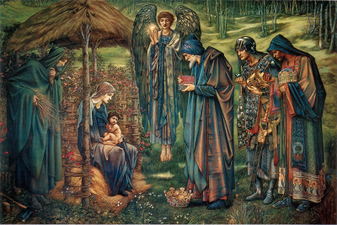
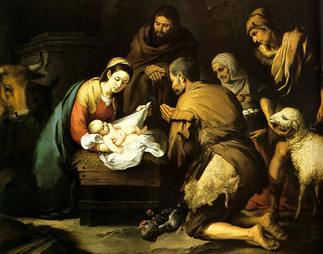
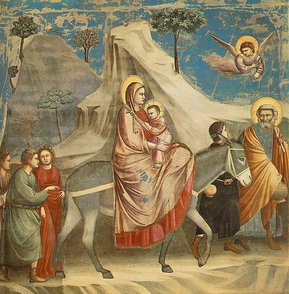
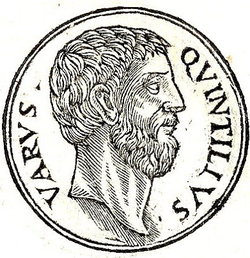

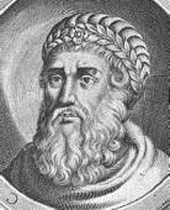
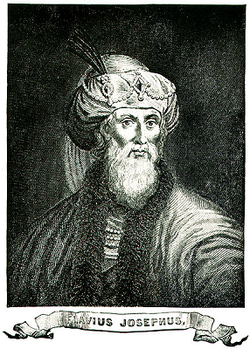
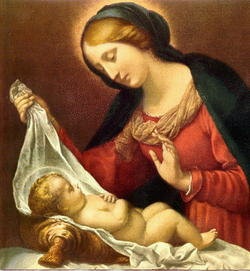
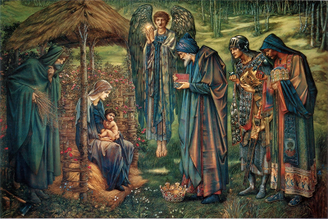
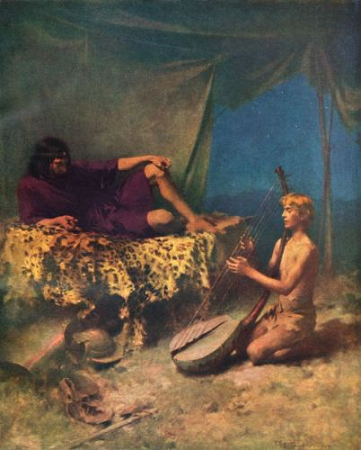
 RSS Feed
RSS Feed